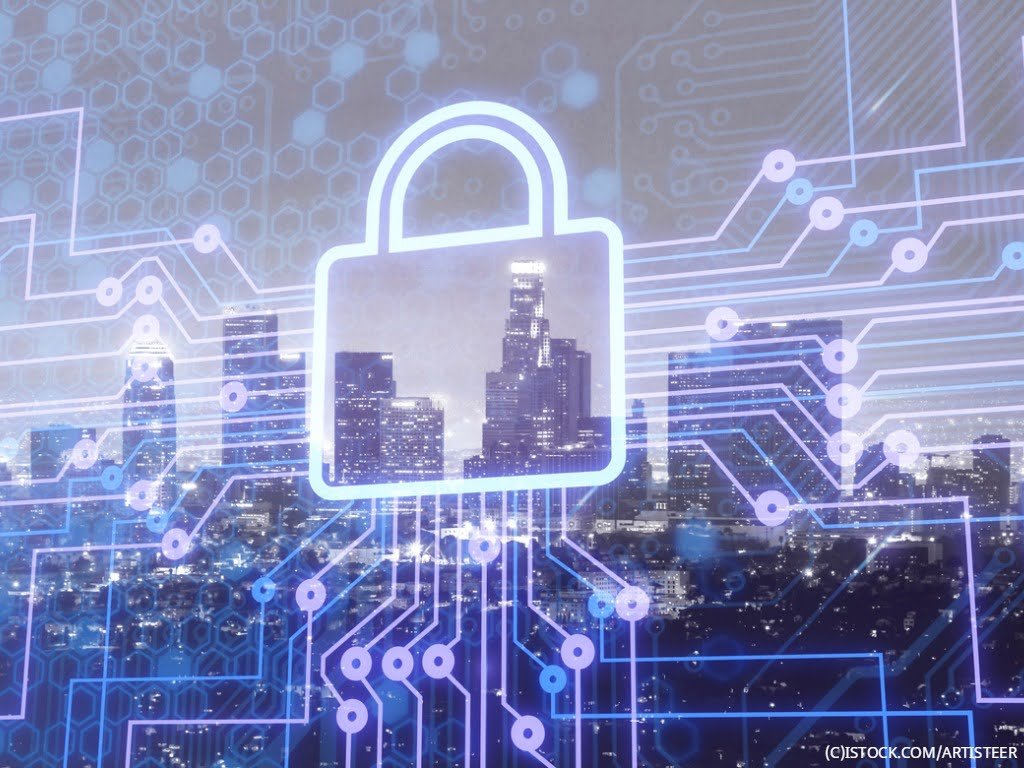In our increasingly hyper-connected world, more and more opportunities exist for would-be thieves to commandeer and use people’s information. Whether it be identity theft or simple financial theft, millions of people fall victim every single year to these types of crimes – and most of them are now at least partially made possible through technology.
Technology is a double-edged sword, providing us with both great benefits and new risks. Given the role that tech has played in expanding identity theft and fraud, countermeasures are also being taken to ensure there are barriers in place to thwart such activities.
Let’s examine just how technology is changing in an attempt to get crimes such as identity theft and fraud under control.
Providing a Quick Identity Verification Service
Given the ability of hackers and thieves to access usernames and passwords easily, businesses and brands need alternative ways to verify identities. An identity verification service can be useful in determining whether or not somebody is who they say they are, and technology has made it possible for this to be done quickly and easily.
Take Cognito HQ as one example. This identity verification service offers businesses the option of verifying a person’s identity with just their phone number. Connecting to up-to-date databases of information, Cognito doesn’t require vast amounts of personal information to rule out the possibility of identity theft or fraud when users are signing up for accounts or making purchases.
Utilizing Physical Verification Measures
In situations where in-person impersonation is a concern, keeping thieves away from personal information and financial data is paramount. Over the past few years, we have seen an explosion in the number of devices and procedures that now use physical verification measures.
Perhaps the most notable example is fingerprint readers. There are two types of fingerprint reading processes: verification and identification (click here to learn about the differences). Another form of biometric identification is iris recognition, which scans the eye to determine if the person attempting to access devices and data is truly that person.
Mobile phones and devices now almost exclusively include this technology, making it very difficult for somebody to physically access the data and virtual contents of a gadget without authorization.
Implementing Multi-Factor Authentication
Given the sheer number of data breaches occurring each year and the inherent vulnerability of traditional login credentials, many brands are opting to implement one or more forms of multi-factor authentication (MFA). Most commonly, two-factor authentication (2FA) involves the use of your standard credentials on one device and the input of a special random code sent to another device.
Other forms of MFA/2FA are also being implemented in daily life. Take for instance the use of chip-and-pin technology, which requires both possession of the card and a piece of knowledge inherent to the owner. The most commonly-known and traditional form of this security measure involves answering security questions upon logging in, which has been used for many years. However, new and more robust forms of MFA are now emerging to counter identity theft and fraud.
While technology continues to adapt to new and dangerous forms of fraud and theft, this is a dynamic process. Every new form of anti-fraud technology doesn’t provide 100% protection in all situations, as thieves and hackers are constantly adapting to them. However, these emerging tech adaptations can be quite effective at thwarting theft and fraud when used in conjunction with a bit of common sense.
Read Also Reasons that should give confidence to aspiring technologists in choosing IT as a career




Leave a Reply